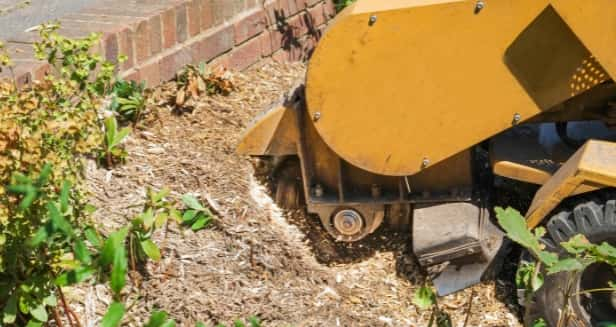Introduction: Erosion poses a significant threat to the stability and health of landscapes, particularly in areas prone to soil degradation and runoff. While erosion control measures often involve engineered solutions, nature offers a powerful ally in the form of trees. Through strategic trimming and maintenance, trees can play a vital role in mitigating erosion and preserving the integrity of the land. In this blog post, we explore the importance of tree trimming for erosion control and its impact on safeguarding our natural environment.
Strengthening Soil Stability:
- Trees act as natural anchors that help stabilise soil and prevent erosion through their extensive root systems. However, overgrown or structurally compromised trees may contribute to soil instability by exerting pressure on the surrounding soil or obstructing water flow. Through strategic tree trimming, arborists can promote healthier root growth and reduce the risk of soil erosion by eliminating deadwood, thinning dense canopies, and removing overhanging branches that impede water absorption.
Enhancing Water Absorption:
- Trees play a crucial role in regulating water flow and absorption within ecosystems, helping to mitigate the impacts of rainfall and runoff on soil erosion. Overgrown trees with dense foliage may hinder water infiltration into the soil, leading to surface runoff and erosion. By selectively trimming trees to promote canopy openness and improve air circulation, arborists can enhance water absorption and infiltration, reducing the volume and velocity of runoff that contributes to erosion.
Managing Slope Stability:
- Slopes and embankments are particularly vulnerable to erosion, especially in areas with steep terrain or disturbed soil conditions. Trees planted along slopes can help stabilise the land by intercepting rainfall, slowing surface runoff, and binding soil particles with their roots. However, overgrown trees may exacerbate slope instability if left unchecked. Through targeted tree trimming to maintain a balanced canopy and prevent excessive growth, arborists can help mitigate erosion and preserve the stability of slopes and embankments.
Protecting Water Bodies:
- Erosion affects terrestrial landscapes and poses risks to water bodies such as rivers, streams, and lakes. Sediment runoff from eroded soil can degrade water quality, harm aquatic ecosystems, and compromise the integrity of riparian habitats. Trees protect water bodies from erosion by stabilising stream banks, filtering sediment, and reducing nutrient runoff. Arborists can help safeguard water quality and preserve aquatic habitats for future generations through strategic trimming to maintain healthy riparian vegetation.
Promoting Sustainable Land Management:
- Tree trimming for erosion control is a proactive approach to sustainable land management that prioritises natural solutions over costly and environmentally disruptive engineering interventions. Landowners and managers can address erosion challenges by harnessing the inherent strength and resilience of trees while enhancing biodiversity, conserving resources, and promoting ecosystem health. Tree trimming becomes a fundamental component of holistic land stewardship practices that prioritise long-term sustainability and resilience in the face of environmental change.
Conclusion: Trees emerge as powerful allies in the battle against erosion, offering a natural and sustainable solution to soil degradation and runoff. Through strategic trimming and maintenance, trees can help stabilise soil, enhance water absorption, manage slope stability, protect water bodies, and promote sustainable land management practices. As we harness the strength of trees for erosion control, let us embrace the transformative potential of nature-based solutions in safeguarding our landscapes for generations to come.
Call us on: 023 8235 6058
Click here to find out more about LM Tree Surgery Portchester
Click here to complete our contact form and see how we can help with your tree’s needs.

